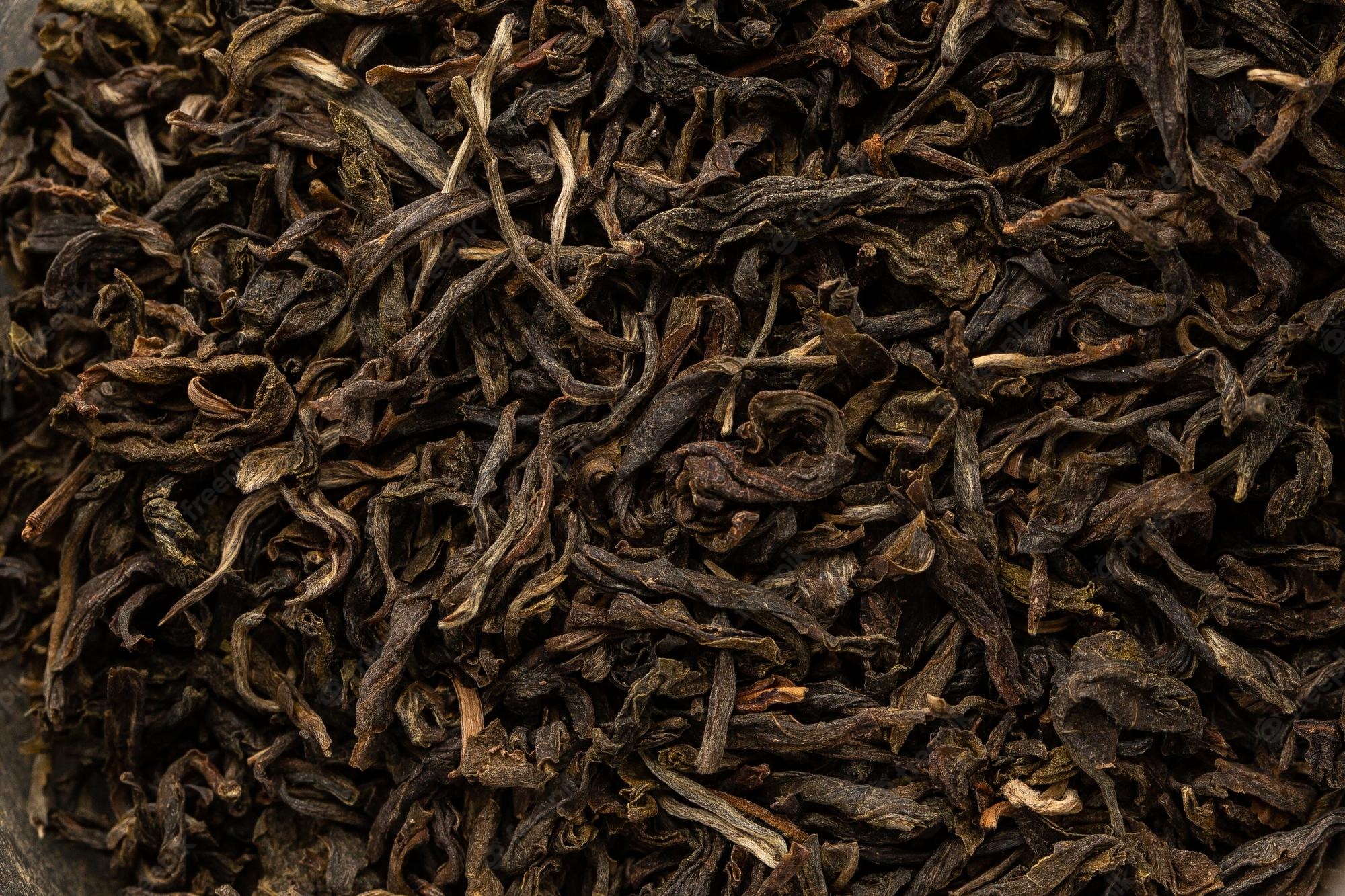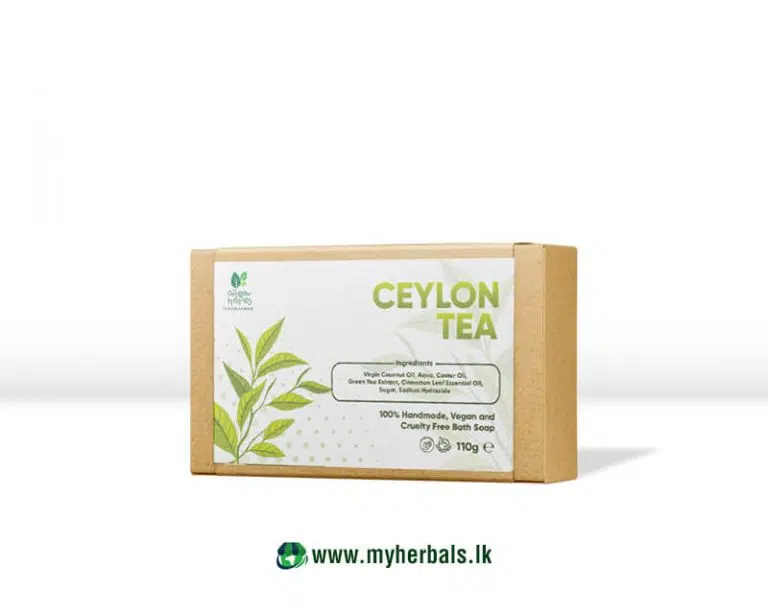
By definition, tea “waste” has little, if any, economic value. It’s a throwaway: dust, bits and pieces of twigs, damaged fragments of leaf, floor sweepings, stalks, and leftover detritus that doesn’t meet the standards or processes that result in it becoming part of the packaged end product. Tea waste has many properties that can be turned into a commercial asset. Waste retains antioxidants, catechins, flavanols, cellulose, amino acid, no soluble proteins, caffeine, fiber, sugars, lignin, zinc, and tannic acid that make tea so rich in flavors, textures, and nutrients.
The caffeine nutrient in the waste has a broad market with substantial export potential. It is extracted for use in many products, including cosmetics, fertilizers, instant teas, medical, and nutritional supplements. Tea waste makes a high protein cattle feed after removal of the tannic acid that interferes with protein metabolization. This can be done cheaply. The high fiber count makes it suitable for ruminants. Tea waste is packed with the compounds that make for a superior fertilizer: nitrogen, potassium and phosphorus. Tea dust and stalks and all the other little bits of waste can be easily processed and turned into liquids and bricks as biomass fuel, bio-char, and bio-oil.
.jpg)
Tea waste is packed with the compounds that make for a superior fertilizer: nitrogen, potassium and phosphorus. Case reports include horse stable manure when mixed with quarry sandstone dust, substrate for mushroom growing, vermicomposting — worm activation — compost for foliar (direct leaf) spraying and soil drenching that improve the plant’s access to nutrients and speed up toxin degradation, and specialty fertilizers with high levels of a particular ingredient, such as methane, ash, or potassium.
Tea dust and stalks and all the other little bits of waste can be easily processed and turned into liquids and bricks as biomass fuel, bio-char, and bio-oil. The waste is decomposed using fluidized bed pyrolysis, a thermal decomposition process that occurs in the absence of oxygen. Tea waste pyrolysizes at high temperatures of 500-700°C and through gasification to produce bio-oil and biochar. The char can be converted into briquettes or mixed with biomass. This provides a highly efficient solid fuel for use in ovens and boilers across many industries – including tea. The techniques can be fine-tuned to optimize the yield of char, liquid, and gas.
Other Tea Products

Ceylon tea bar contains natural antioxidants which helps to reduce sign of aging by improving skin elasticity and repairing the damage caused exposure to the sun. The soap reduces the risk of wrinkles and skin blemishes.

A deep-acting scrub enriched with mineral-rich natural clays & balancing Tea Tree to help clear clogged pores, effectively removing dead cells, blackheads, whiteheads & acne-causing impurities. Naturally soothing Arnica, Ceylon Margosa & Peppermint combine to help calm acne & minimise imperfections. Watercress & Licorice promote skin clarity, improving overall radiance & adding & instant natural glow. Aloe Vera & balancing Witch Hazel help mattify skin, significantly reducing the appearance of pores. Leaves skin smooth & refined.